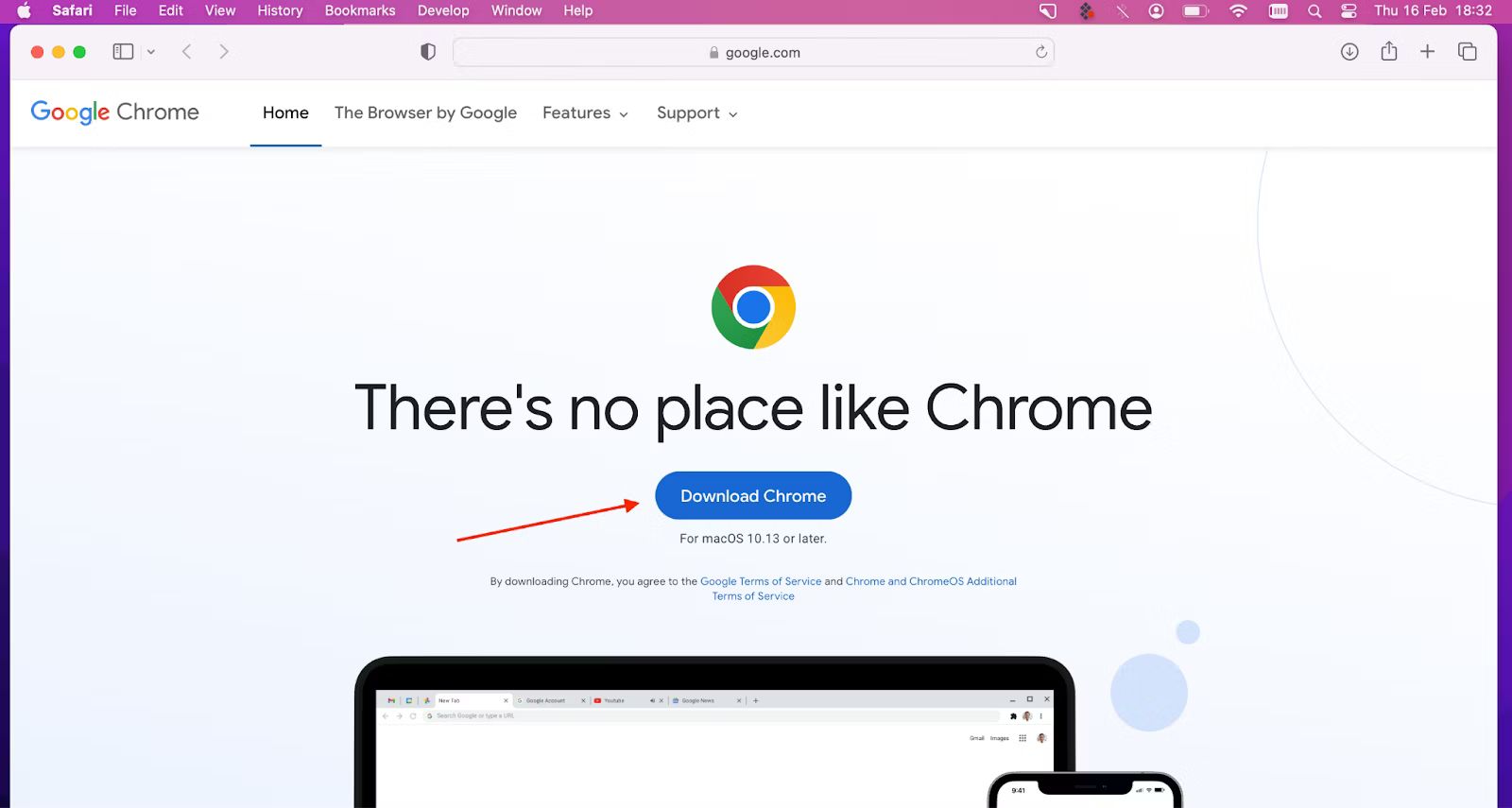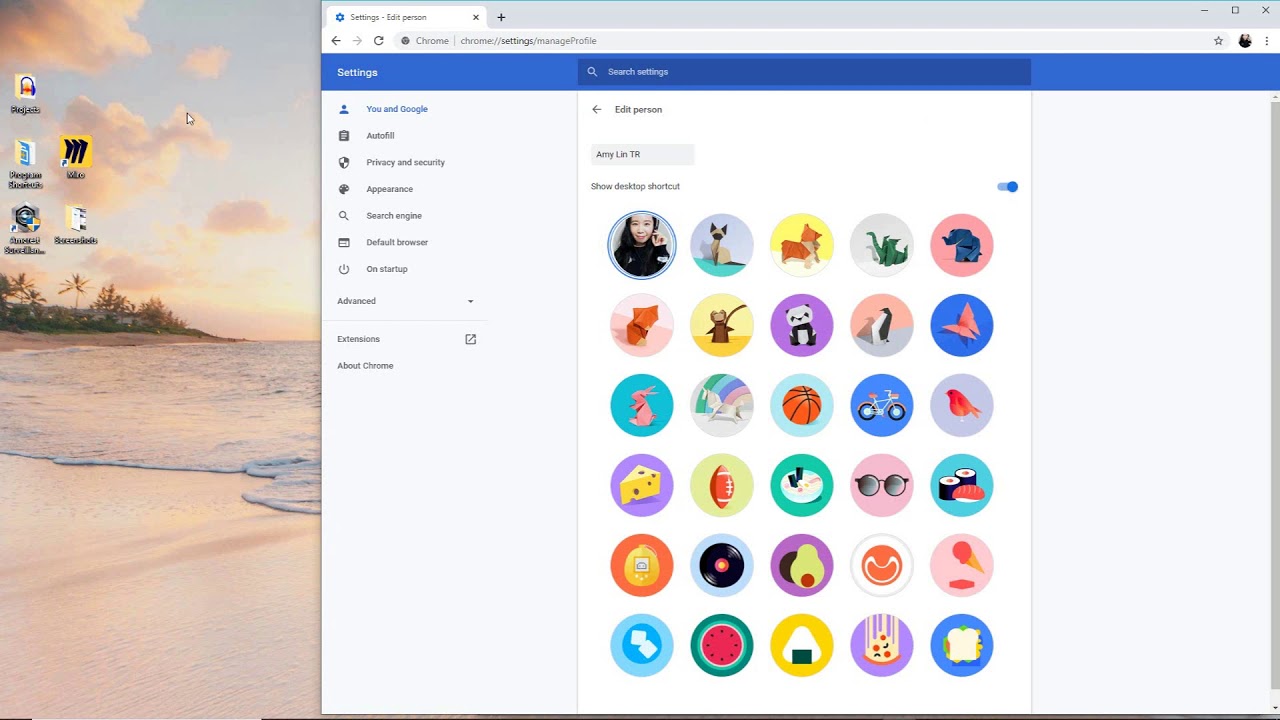Clear Browsing Data
Clearing browsing data is a simple yet effective way to speed up Google Chrome. Over time, the browser accumulates a significant amount of temporary files, cookies, and cached images, which can slow down its performance. By regularly clearing this data, you can ensure that Chrome runs smoothly and efficiently.
To clear browsing data in Google Chrome, follow these steps:
-
Open Chrome Settings: Click on the three-dot menu in the top-right corner of the browser window and select "Settings" from the dropdown menu.
-
Access Privacy and Security Settings: In the Settings menu, scroll down and click on "Privacy and security" in the left-hand sidebar.
-
Choose Clear Browsing Data: Under the "Privacy and security" section, select "Clear browsing data."
-
Select Data to Clear: You will be presented with options to clear browsing history, cookies and other site data, as well as cached images and files. You can choose the time range for which you want to clear the data, such as the past hour, day, week, or all time.
-
Clear Data: Once you have selected the data you want to clear, click on the "Clear data" button to initiate the process.
By clearing browsing data regularly, you can remove unnecessary files and improve the overall performance of Google Chrome. This simple maintenance task can help prevent the browser from becoming sluggish and unresponsive, ensuring a faster and more enjoyable browsing experience.
In addition to improving speed, clearing browsing data also enhances privacy and security by removing traces of your online activity. This can be particularly important if you share your device with others or if you are concerned about privacy while browsing the web.
Overall, clearing browsing data is a quick and easy way to optimize Google Chrome and ensure that it continues to deliver a fast and reliable browsing experience.
Disable Unnecessary Extensions
Google Chrome's extensive library of extensions offers users a wide range of functionalities, from ad blockers to productivity tools. While these extensions can enhance the browsing experience, having too many installed can significantly impact the browser's performance. Disabling unnecessary extensions is a crucial step in optimizing Google Chrome for speed and efficiency.
When Chrome loads, each extension is initialized, consuming system resources and potentially causing conflicts with other extensions. This can lead to slower page loading times, increased memory usage, and overall sluggishness. Therefore, it's essential to evaluate and disable extensions that are not actively used or are redundant.
To disable unnecessary extensions in Google Chrome, follow these steps:
-
Access the Extensions Menu: Click on the three-dot menu in the top-right corner of the browser window and navigate to "More tools" > "Extensions."
-
Review Installed Extensions: In the Extensions menu, you will see a list of all installed extensions. Take the time to review each extension and consider its utility. If an extension is no longer needed or rarely used, it may be a candidate for disabling.
-
Disable or Remove Extensions: For each extension, you have the option to either disable or remove it. Disabling an extension temporarily turns it off without uninstalling it, while removing an extension completely deletes it from Chrome.
-
Restart Chrome: After disabling or removing unnecessary extensions, it's advisable to restart the browser to ensure that the changes take effect.
By disabling unnecessary extensions, you can streamline Chrome's performance and reduce the strain on system resources. This, in turn, can lead to faster page loading, improved responsiveness, and a more seamless browsing experience.
It's important to note that while extensions can be incredibly useful, having too many active at once can lead to diminishing returns. Therefore, it's beneficial to periodically review and manage the extensions installed in Chrome, keeping only those that are genuinely valuable and actively used.
In summary, disabling unnecessary extensions is a fundamental step in optimizing Google Chrome for speed and efficiency. By decluttering the browser and minimizing resource usage, users can experience improved performance and a more enjoyable browsing experience.
Update Google Chrome
Keeping Google Chrome up to date is essential for maintaining optimal performance and security. Regular updates not only introduce new features and enhancements but also address potential vulnerabilities and bugs that could impact the browser's speed and stability.
When Google releases a new version of Chrome, it often includes improvements to its underlying code, which can lead to faster page loading times, smoother navigation, and overall better responsiveness. Additionally, updated versions may incorporate optimizations that streamline resource usage, resulting in a more efficient browsing experience.
To update Google Chrome to the latest version, follow these simple steps:
-
Access Chrome Settings: Click on the three-dot menu in the top-right corner of the browser window and select "Settings" from the dropdown menu.
-
Check for Updates: In the Settings menu, scroll down and click on "About Chrome" in the left-hand sidebar. Chrome will automatically check for updates and begin downloading the latest version if one is available.
-
Restart Chrome: Once the update is downloaded, you will be prompted to restart the browser to apply the changes. It's important to restart Chrome to ensure that the new version is fully implemented.
By keeping Chrome updated, users can take advantage of the latest performance optimizations and security enhancements, ensuring a fast, reliable, and secure browsing experience. Moreover, staying current with updates can help mitigate potential compatibility issues with websites and web applications, as newer versions of Chrome are often better equipped to handle modern web technologies.
In addition to manual updates, users can enable Chrome's automatic update feature to ensure that the browser stays current without requiring manual intervention. This can be done by navigating to the "About Chrome" section in the Settings menu and enabling the option to automatically install updates.
Overall, updating Google Chrome is a straightforward yet crucial step in optimizing its performance. By staying current with the latest version, users can benefit from improved speed, enhanced security, and a more seamless browsing experience. Therefore, it's highly recommended to regularly check for and apply updates to ensure that Chrome operates at its best.
Enable Prefetching
Enabling prefetching in Google Chrome can significantly enhance the browsing experience by proactively loading web pages and resources that are likely to be accessed. This proactive approach to fetching content can lead to faster page loading times and smoother navigation, ultimately improving the overall speed and responsiveness of the browser.
Prefetching works by analyzing the user's browsing habits and predicting which web pages they are likely to visit next. Based on this analysis, Chrome can preemptively fetch and cache the necessary resources, such as HTML, CSS, JavaScript, and images, before the user actually clicks on a link. As a result, when the user does navigate to the next page, the content is already partially or fully loaded, reducing the perceived loading time and creating a more seamless browsing experience.
To enable prefetching in Google Chrome, follow these steps:
-
Access Chrome Settings: Click on the three-dot menu in the top-right corner of the browser window and select "Settings" from the dropdown menu.
-
Navigate to Privacy and Security Settings: In the Settings menu, scroll down and click on "Privacy and security" in the left-hand sidebar.
-
Enable Prefetching: Under the "Privacy and security" section, locate and click on "Cookies and other site data." Here, you will find the option to "Preload pages for faster browsing and searching." Toggle this option to enable prefetching.
By enabling prefetching, users can experience a noticeable improvement in the speed and responsiveness of Google Chrome. This feature is particularly beneficial for frequently visited websites, as Chrome can intelligently prefetch content based on the user's browsing patterns, leading to faster access to familiar web pages.
It's important to note that while prefetching can enhance the browsing experience, it may consume additional network bandwidth and system resources. However, the trade-off between improved speed and resource usage is generally favorable, especially for users with reliable internet connections and modern hardware.
In summary, enabling prefetching in Google Chrome is a valuable optimization that can contribute to a faster and more efficient browsing experience. By leveraging predictive fetching of web content, Chrome can deliver a seamless and responsive browsing environment, ultimately enhancing user satisfaction and productivity.
Use Data Saver Extension
The Data Saver extension for Google Chrome is a powerful tool designed to optimize browsing speed and reduce data usage, making it an invaluable asset for users seeking to enhance their online experience. This extension achieves its efficiency by compressing web pages before they are loaded in the browser, resulting in reduced data consumption and faster page loading times.
Upon installation, the Data Saver extension works seamlessly in the background, intercepting web page requests and routing them through Google servers for compression. This process significantly reduces the amount of data transmitted between the user's device and the web server, leading to faster loading times, particularly on slower or limited bandwidth connections.
By leveraging data compression techniques, the extension not only accelerates page loading but also minimizes the impact of data-heavy content, such as images and multimedia elements. This is particularly advantageous for users accessing the web on mobile devices or in areas with restricted data allowances, as it allows for a more efficient and economical use of available data.
Furthermore, the Data Saver extension contributes to a smoother browsing experience by optimizing the delivery of web content, resulting in reduced latency and improved responsiveness. This is especially beneficial when accessing bandwidth-intensive websites, as the extension's compression capabilities can mitigate the effects of network congestion and latency, leading to a more seamless and enjoyable browsing experience.
In addition to its performance benefits, the Data Saver extension aligns with the growing emphasis on data efficiency and cost-effectiveness in the digital realm. By reducing data usage without compromising the quality of the browsing experience, the extension enables users to make the most of their data plans while ensuring swift and efficient access to online content.
In summary, the Data Saver extension for Google Chrome is a valuable tool for optimizing browsing speed and minimizing data consumption. Its ability to compress web pages, reduce data usage, and enhance overall browsing performance makes it a compelling choice for users seeking to maximize their online efficiency and enjoyment. By incorporating the Data Saver extension into their browsing routine, users can experience faster page loading times, reduced data usage, and a more streamlined browsing experience.

























